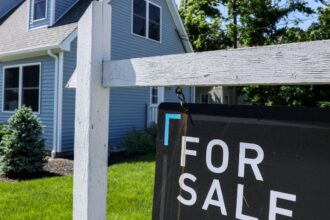There are have been a bevy of shocks to retirement saving in recent years: COVID, an economic downturn and changes in the labor force. That’s the shortlist.
So it’s probably little surprise that more than half of those surveyed in a recent National Retirement Risk Index expect to come up short in their non-working years.
“The most important finding still holds: about half of working-age households will not be able to maintain their pre-retirement living standard,” the report found.
“The pattern continues to reflect the health of the economy. The Index increased substantially from 2007 to 2010 during the Great Recession, and then declined a bit from 2013 to 2019 as the economy enjoyed low unemployment, rising wages, strong stock market growth, and rising housing prices.”
At its core, the retirement gap is two-fold: Social Security isn’t enough to cover pre-retirement income for about half the working population and the private retirement savings offerings— 401(k)-type plans — mostly benefit the highest-income groups.
Of course, if you have access to a guaranteed, defined-benefit pension, that’s a better retirement vehicle than a 401(k). In lieu of that, you’ll need a diversified patchwork of defined-contribution, Individual Retirement Accounts, home equity and Health Savings Accounts.
In the interim, Congress can move to bolster the U.S. retirement system, concludes the authors of the index:
“The robustness of the results confirms the retirement saving issue faced by today’s working-age households, and that we need to fix our retirement system so that employer plan coverage is universal. Only with continuous coverage will workers be able to accumulate adequate resources to maintain their standard of living in retirement.”
Read the full article here










